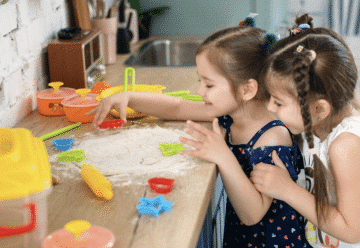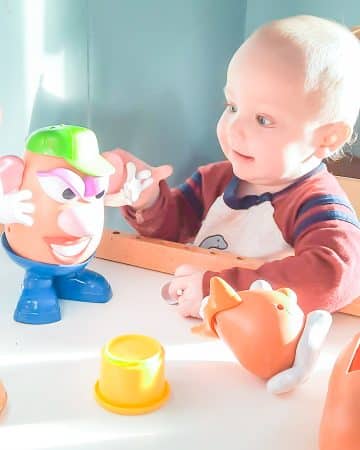
Temper tantrums can be a challenging experience for parents and caregivers. Tantrums are a common occurrence in children between the ages of 1-3. Tantrums are typically a result of their inability to effectively communicate their emotions or express their desires. While tantrums are a natural part of development, dealing with them in a healthful and productive way can help both the child and the caregiver to navigate this stage of development more easily.
Here are some tips covering what to do about temper tantrums to help parents and caregivers deal with toddler tantrums in a healthful and productive way:
- Stay Calm: One of the most important things a parent or caregiver can do during a tantrum is to remain calm. It can be easy to become frustrated or overwhelmed, but getting upset or angry will only escalate the situation. Instead, take a deep breath and try to remain calm and patient.
- Validate Their Feelings: It is essential to acknowledge the child’s emotions and feelings. Saying something like, “I can see that you’re upset,” or “I understand that you’re feeling frustrated” can help the child feel heard and understood.
- Provide Distractions: Sometimes, a distraction can help to calm a child during a tantrum. Offering a toy, book, or engaging in an activity can help shift their focus and bring them back to a calm state.
- Use Positive Language: Using positive language can help to defuse the situation. Instead of saying, “Stop crying,” try saying something like, “Let’s take some deep breaths together.” You can also try saying something like, “Can you tell me what’s bothering you?”
- Create a Safe Space: Creating a safe space for the child to express their emotions can be beneficial. This space can be a designated “time-out” area, or even a favorite blanket or stuffed animal.
- Set Limits: While it is essential to validate the child’s emotions, it is also important to set limits. Letting a child have their way during a tantrum can reinforce negative behavior. Be clear and firm about your boundaries, while remaining calm and respectful.
- Practice Empathy: Practicing empathy can help to build a strong relationship between the caregiver and the child. Try to put yourself in the child’s shoes and understand why they may be feeling upset or frustrated. This can help you to respond in a more compassionate and caring way.
- Consistency: Consistency is essential in dealing with toddler tantrums. If a child knows what to expect from a caregiver, they are less likely to act out. Consistent routines and boundaries can help to reduce the number of tantrums a child has.
- Seek Professional Help: If a child’s tantrums are frequent, intense, or affecting their daily life, seeking professional help may be necessary. A pediatrician, child psychologist, or counselor can provide additional support and guidance on how to deal with toddler tantrums.

In conclusion, what to do about toddler tantrums can be challenging for parents and caregivers. By remaining calm, validating their feelings, providing distractions, using positive language, creating a safe space, setting limits, practicing empathy, being consistent, and seeking professional help when necessary, parents and caregivers can deal with toddler tantrums in a healthful and productive way. Remember, this is a natural stage of development, and with patience and persistence, it will pass.



